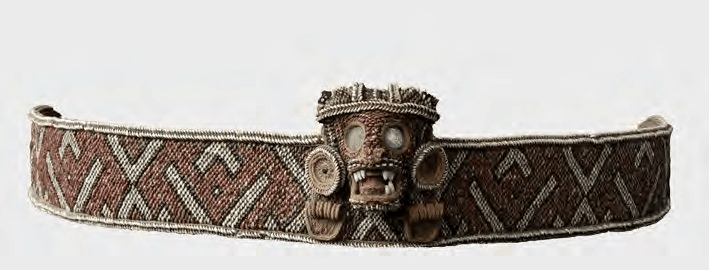Again, playing with G25 coordinates (non-simulated ones, this time) and different calculators or Illustrative DNA revealed some degree of genetic continuity from the pre-Columbian Caribbean and modern populations in the region. For example, using my G25 coordinates and Tomenable's calculators for the world in the 6th century BC and 1st century BC, I received the following results:
| Target: Yo Distance: 1.7369% / 0.01736942 | |
|---|---|
| 46.0 | Africa(West)_Niger_Congo_Peoples |
| 22.0 | Europe_Northwest |
| 15.2 | Europe_Southwest |
| 6.6 | America_Cuba_Guanahatabey |
| 5.0 | Europe_South_Central |
| 3.2 | Africa(Central)_Foragers |
| 0.6 | Africa_Garamantians |
| 0.6 | America_Ancestral_Puebloans |
| 0.4 | America_Amazon_Foragers |
| 0.4 | MENA_Judah_Kingdom |
Of course, this is only slightly accurate, in that it's using our G25 coordinates to match with select ancient population samples. The sub-Saharan African category is about right, but probably based on mostly modern samples. Europe is probably generically accurate, although most of our European ancestry was probably from southwestern Europe (overwhelmingly the Iberian peninsula, which, over 2000 years ago, had populations genetically related to northwestern European groups). The Garamantian connection is probably a reference to other admixture calculators assigning us some minor degree of North African ancestry (and the Garamantian sample had sub-Saharan ancestry). Intriguingly, the indigenous Americas ancestry, a total of about 7.6 percent, is overwhelmingly linked to this calculator's archaic Cuba sample. Of course, reducing the number of populations to 5 and following other recommendations erases the Guanahatabey. It also reclassifies European ancestry as just Roman Empire-Europe.
Interestingly, Illustrative DNA's Three Way modeling does come slightly close to our ancestry with a best fit of Medieval ancestry as 43.6% Medieval Iberian (Girona), Lucayan Taino (7.2%) and Bantu (49.2%). Obviously, this is only roughly useful, but comes closest to approximating our ancestry as a split of 3 major populations: indigenous Americas, sub-Saharan Africa, and Europe (mainly Iberian peninsula). It's a shame sub-Saharan Africa isn't properly broken down and analyzed, but the difficulty of finding ancient DNA samples makes it somewhat understandable. Regardless, it does seem like our Indigenous ancestry, usually always linked to South American groups, was at least partly based on indigenous populations in the Caribbean.


No comments:
Post a Comment